Get Support
+91 9123517774
Introduction:
In the ever-evolving landscape of enterprise solutions, businesses are constantly seeking ways to optimize their operations, enhance efficiency, and stay ahead of the competition. One significant step in this journey is SAP migration, a process that holds the potential to redefine how organizations manage their data, processes, and business intelligence. In this blog post, we will explore the intricacies of SAP migration, shedding light on its importance, challenges, and the roadmap to a successful transition.
Understanding SAP Migration:
SAP migration involves the transfer of an organization's existing data, processes, and configurations from an older SAP system to a newer version or an entirely different platform. Whether driven by the need for upgraded features, enhanced security, or changing business requirements, SAP migration is a strategic decision with profound implications for an enterprise.


Benefits of SAP Migration:
The decision to migrate to a new SAP system is often fueled by the desire to unlock a host of benefits. This includes improved performance, enhanced security features, better integration capabilities, and access to the latest innovations and functionalities. Additionally, SAP migration is an opportunity to streamline business processes, reduce operational costs, and stay compliant with industry standards.
Challenges in SAP Migration:
While the rewards of SAP migration are compelling, the journey is not without its challenges. Common hurdles include data integrity issues, system downtime, potential disruptions to ongoing business operations, and the complexity of mapping and transferring intricate business processes. A comprehensive understanding of these challenges is crucial in devising a robust migration strategy.
Key Considerations for a Successful SAP Migration:
Thorough Planning:
A detailed and well-thought-out plan is the cornerstone of successful SAP migration. It should encompass risk assessments, data mapping, and a timeline that minimizes disruptions to daily operations.
Data Quality and Integrity:
Ensuring that data is accurate, complete, and secure is paramount. Rigorous data cleansing and validation processes are essential to prevent issues post-migration.
Collaboration and Communication:
Seamless communication between IT teams, stakeholders, and end-users is critical. Providing training and support throughout the migration process helps in managing expectations and ensuring a smooth transition.
` `

Choosing the Right Migration Strategy:
Organizations can opt for various migration strategies, including:
⊙ Greenfield Migration: Building a new SAP system from scratch.
⊙ Brownfield Migration: Upgrading the existing SAP system in place.
⊙ Selective Data Migration: Transferring only relevant data to the new system.
Post-Migration Optimization:
Successful SAP migration is not the end but the beginning of a new chapter. Continuous optimization, monitoring, and performance tuning are essential to ensure that the new SAP environment aligns with evolving business needs and delivers maximum value over time.
Conclusion:
SAP migration is a transformative journey that demands careful planning, execution, and ongoing optimization. As businesses embrace the possibilities offered by modern SAP solutions, a strategic and well-executed migration can pave the way for enhanced productivity, improved decision-making, and a future-ready enterprise. By understanding the challenges and adopting best practices, organizations can embark on this journey with confidence, knowing that they are well-equipped for the digital landscape ahead.
Quotes:
"Migrating to SAP isn't about abandoning the past; it's about building a future where every business process is a step towards excellence."


